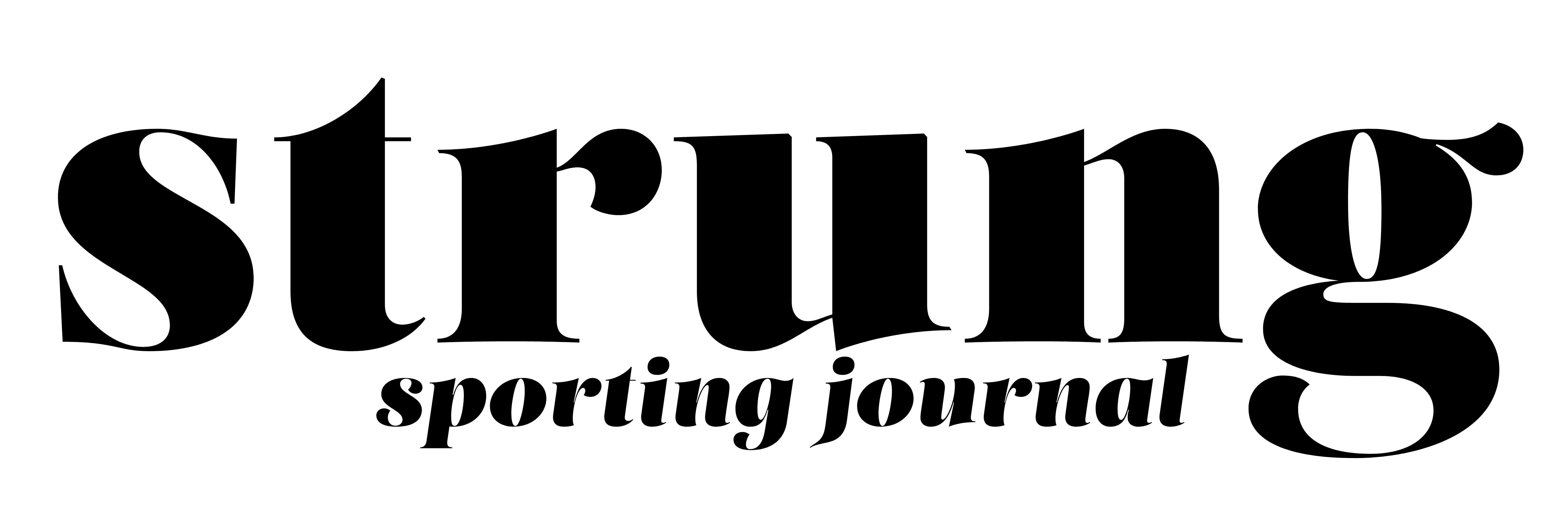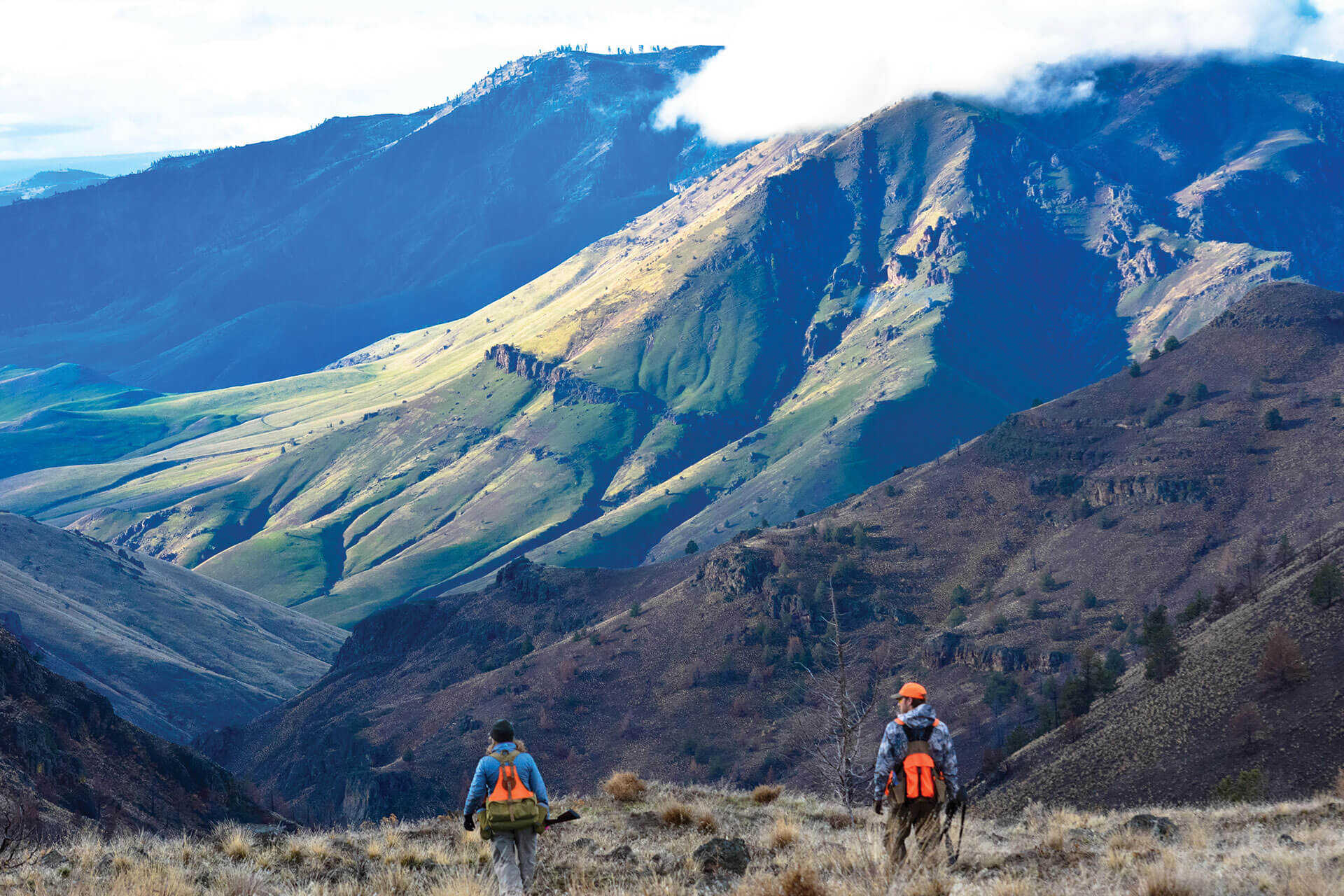Aldo Leopold once wrote, “There are two spiritual dangers in not owning a farm. One is the danger of supposing that breakfast comes from the grocery, and the other that heat comes from the furnace.” Applied to the world at large, the fact remains the same: all food comes at the expense of one life or another. The closer one is able to get to this exchange – life for life at, generally, a greater than 1:1 ratio – the nearer one becomes to achieving humility and understanding in the greater scheme of our planet. Historically, it was necessary for one to dig deep into the loam or an animal’s still-warm belly in order to survive. Today, with the conveniences wrought by shelf-stability and endless layers of packaging, it is easy to feel removed from the natural cycles that have been present since carbon became something more than just charcoal. Those who choose to become intimate with these cycles are gifted a type of compassion unique to the ranks of sportsmen and women.
The modern sportsman lives in a time where a deeper relationship with the surrounding world is no longer necessary from a strictly caloric standpoint; it may be so, however, that it is necessary for their soul. Living strictly within the confines of human dissonance, one is left with hole defined solely by its depth. For those who recognize this hole for what it is, the human struggle to find one’s place in a world of immeasurable variety and choice often has just one path of recourse: a life outside.
A principal difference between sportsmen today and those who came before us lies in the privilege of easily-accessible knowledge. There are times to harvest, and times to just glass the slopes. Times to fire up the smoker, and times to return that silvery form to the river. It’s a sense of responsibility which still eludes some, but is more prevalent than ever before. With studies being published almost constantly and the internet’s ubiquity, one’s plea of ignorance has a hell of a time meeting the burden of proof.
Hunting and fishing for harvest draws the ire of those who choose not to see where rubber hits the road. All diets have a measurable impact on the quantity and quality of available resources for the future and a diet including fish and game taken from stable populations bears a lesser impact (and in some cases affects a positive impact in the cases of local overpopulation and non-native species) on the ecosystem than some popular ‘sustainable’ diets. To each their own, but an argument of environmental impact has to include the facts at hand.
As we continue to grow individually and as a species, more of us are returning to a connected life outside. For the first time, the media is engaging this transition through a lens of understanding and conservation. Publications like Strung Magazine are tackling the subjects of hunting and fishing with a bent directed at the modern sportsman. Trophy hunting isn’t included or condoned; only hunting for consumption through legal, humane means. Fishing using low-impact techniques and tackle, equally important regardless of intent to harvest, finds its way into the publication with images and stories from guides, photographers, and conservationists who spend their lives in the field. The growth of new media like Strung offers a more comprehensive take on sporting and provides a breath of fresh air to those tired of the banality of publications which offer a narrow, often obsolete perspective on the human experience in the natural world.
The modern sportsman is as dynamic as the world he or she lives in. As we learn, we adapt. We act on the knowledge at hand, and if we don’t, we risk a dangerous ignorance of our place on the planet. One can only hope that more people are able to remove themselves from their insular routines and see the value in connecting with those who share the forests, deserts, and rivers; to truly see what can be gained by a life outside.
Image: Marty Sheppard
Text: Tyler Justice Allen

